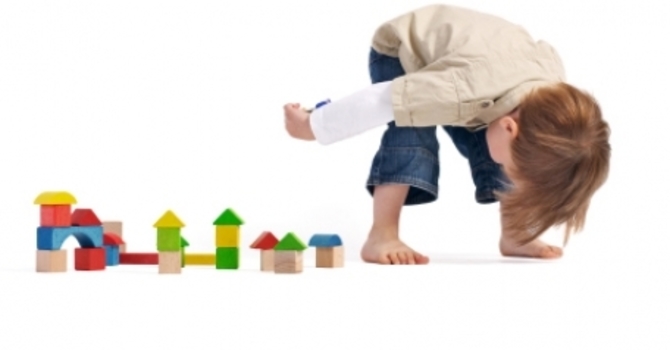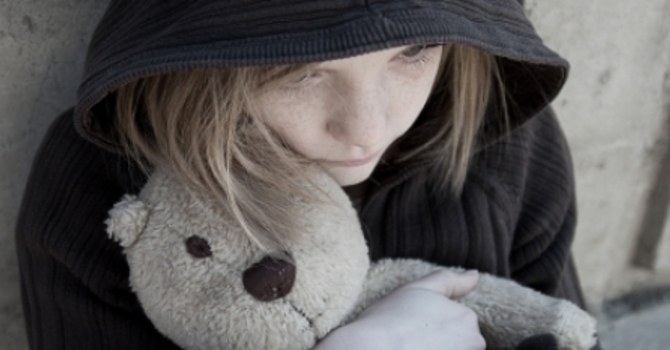
What Are Normal Childhood Fears?
Parents often ask me if their child is experiencing an inordinate amount of fear.
In rare cases, the answer is "yes," and a course of systematic behavioural therapy is usually highly effective in reducing those fears. In most cases, however, childhood fears are normal, and parents can go a long way toward alleviating them by calmly reassuring children of their safety, providing age-appropriate information about reality, and helping them to realize that their fears are normal.
So what are "normal" fears for children and teenagers? I'll discuss a list of age-appropriate fears shortly, but it might be wise to first distinguish between fear and anxiety. Fear is an immediate emotional and physiological arousal that issues an "alarm system" in the body. The autonomic nervous system (specifically the sympathetic nervous system) goes into full alert, and the child experiences a pounding heart, rapid breathing, sweating, muscle tension, hot or cold flashes, and sometimes nausea. These physiological responses are harmless, and even adaptive; some of this response results from a more efficient and increased blood and oxygen circulation to the body's large muscles.
The purpose of fear, it has been suggested, is to get the body ready for "fight or flight," or an intensely rapid behavioural response to imminent danger.
Anxiety, on the other hand, is most often an emotional and cognitive arousal; it is a mood state (with such negative feelings as dread, unease, worry, and apprehension about anticipated situation). Anxiety usually revolves around some foreseen or anticipated negative future event. As contrasted with fear, anxiety�s purpose is to assist the individual in planning and managing future events. Clearly, anxiety and fear can both be highly useful and adaptive responses.
Many normal childhood fears seem quite irrational to adults who have long forgotten the intensity of this experience. Interestingly, children may experience as many as 10 excessive fears or worries at a given time in their development. The nature of fear changes with age. As children grow older, the number of their fears decrease, but the complexity of their fears increases around age 8, when they become cognitively able to reason and elaborate on possible outcomes and negative consequences. In general, girls report a greater number of fears than boys.
A list of age-normal fears follows:
- 0-6 months: loss of support, loud noises, excessive sensory stimuli
- 6-9 months: strangers, sudden or unexpected sensory stimuli
- 1 year: separation from caretakers, injury, toilet, strangers
- 2 years: loud noises (e.g., thunder, siren), animals, imaginary creatures, dark, separation from caregivers
- 3 years: animals, masks, being alone, separation from caretakers
- 4 years: darkness, animals, noises
- 5 years: animals, �bad people,�dark, separation from caregivers
- 6 years: monsters, ghosts and other supernatural creaturs, bodily injury, thunder/lightning, sleeping alone, separation from caregivers (school)
- 7-8 years: monsters, ghosts, extraordinary media-covered events (terrorist attacks, bombings, kidnappings), staying alone, injury.
- 9-12 years: tests, oral reports, answering questions aloud, and other school situations that result in social evaluation, peer bullying or teasing, rejection
- 13-18 years: social alienation, embarrassment/humiliation, failure, school performance, death, injury or serious illness, natural or man-made disasters.





